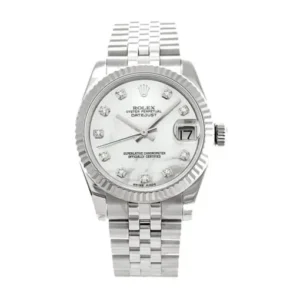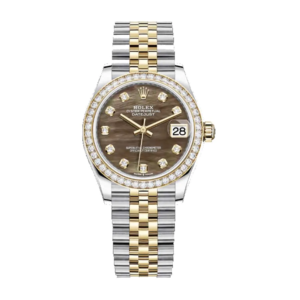Rolex Milgauss Overview & Features: A Legendary Timepiece Defying Magnetic Fields
Discover the intriguing history of the Rolex Milgauss, a watch designed to withstand the invisible forces that surround us. Join us as we delve into the captivating story behind this marvel of engineering, and learn why the Milgauss remains a coveted timepiece for watch enthusiasts and collectors alike.
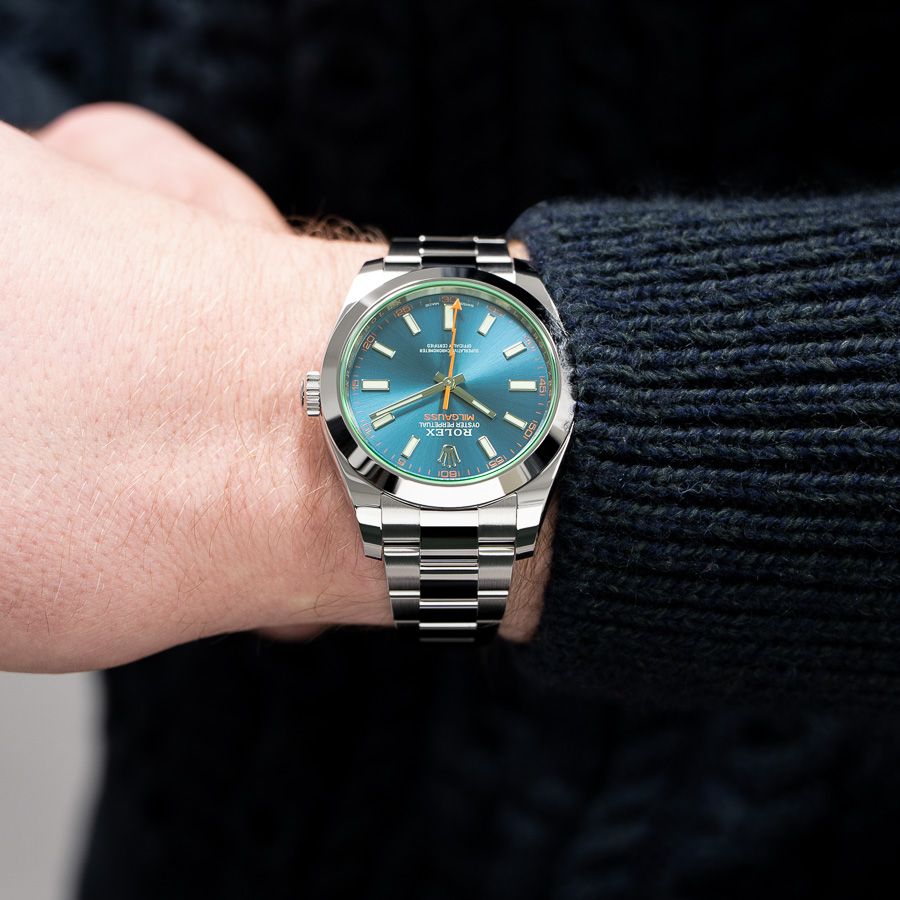
Rolex Milgauss 116400GV with the Z-Blue Dial & Green Crystal
THE ORIGIN OF THE ROLEX MILGAUSS: A WATCH FOR THE SCIENTIFIC COMMUNITY
The story of the Rolex Milgauss began in the mid-1950s when the scientific community experienced a significant surge in technological advancements. Professionals working in research laboratories, power plants, and medical facilities were increasingly exposed to strong magnetic fields, which could adversely affect the performance of their timepieces. Accurate timekeeping was essential for these professionals, and the need for a watch that could withstand these magnetic forces became increasingly apparent.
Rolex, always striving for innovation and precision, took on the challenge of creating a timepiece specifically designed for this unique need. In 1956, they introduced the Rolex Milgauss, a groundbreaking watch that showcased the brand’s expertise in both engineering and design.
The Milgauss was named after the unit of measurement for magnetic fields, “gauss,” and the watch’s resistance to 1,000 gauss. To achieve this level of magnetic resistance, Rolex employed a soft iron inner case that encased the movement, effectively shielding it from the external magnetic fields. This Faraday cage design was inspired by earlier antimagnetic watches but took the concept to new heights by achieving unprecedented levels of resistance.
Browse, shop, and view prices in our Rolex Milgauss collection.
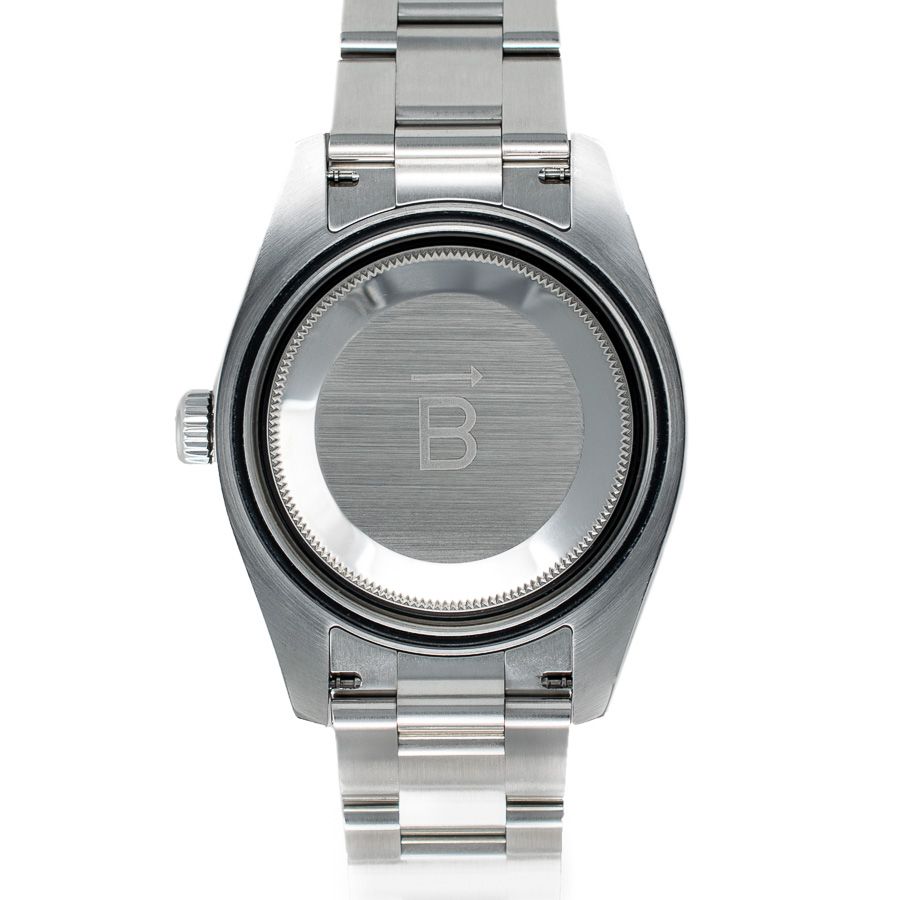
The Rolex Milgauss 116400 showing the Faraday cage
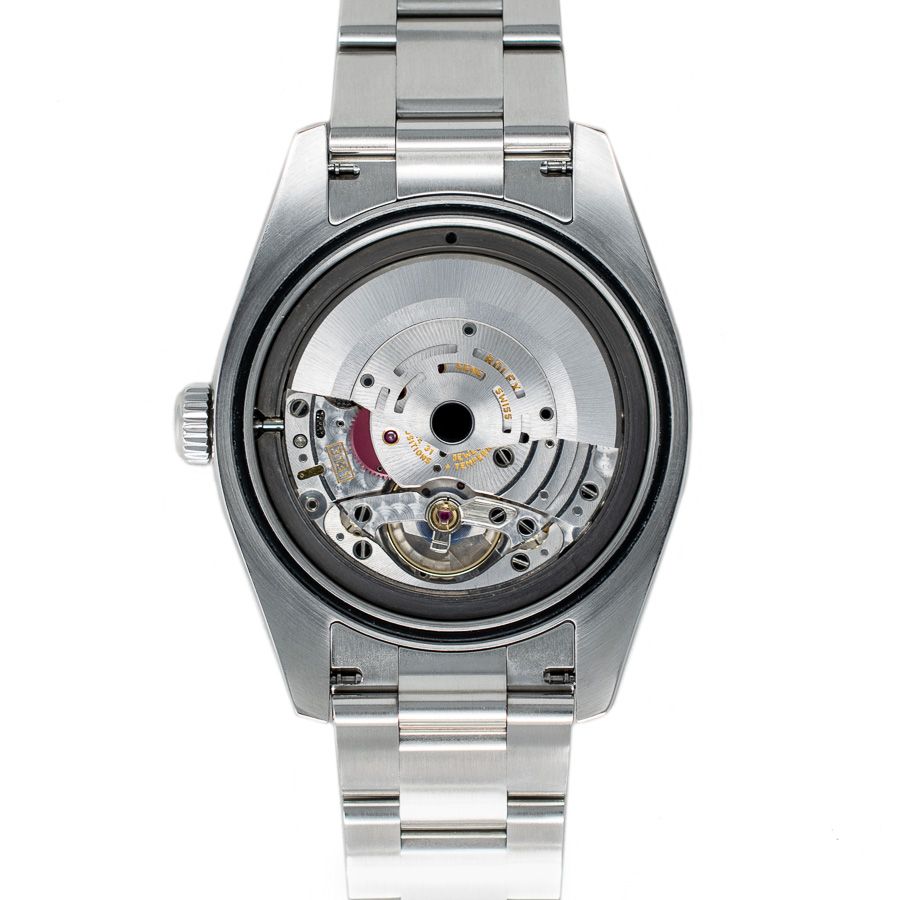
The Rolex Milgauss 116400 3131 Movement
REFERENCE 6541: THE FIRST MILGAUSS
The Reference 6541 featured groundbreaking technology in the form of a soft iron inner case that protected the watch’s movement from magnetic interference. This Faraday cage design allowed the Milgauss to resist magnetic fields up to 1,000 gauss, making it an ideal choice for professionals working in environments where magnetic fields were prevalent.
The design of the original Milgauss also set it apart from other Rolex models of the time. The Reference 6541 boasted a honeycomb-textured dial, adding depth and visual interest to the watch face. This honeycomb pattern would later become one of the defining features of the early Milgauss models, contributing to their collectibility and appeal.
Another distinguishing feature of the Reference 6541 was its rotating bezel, which was marked with minute graduations. This design element made the watch more versatile and functional, allowing users to track elapsed time easily. However, this feature would eventually be replaced by a fixed bezel in subsequent Milgauss models.
The original Reference 6541 also introduced the iconic lightning bolt-shaped seconds hand, which immediately set the Milgauss apart from other Rolex watches. This unique design choice not only served as a visual reminder of the watch’s magnetic resistance but also added a touch of character and style to the timepiece.
REFERENCE 1019: A NEW CHAPTER
In 1960, Rolex introduced the Reference 1019, which brought about significant design changes to the Milgauss. The rotating bezel was replaced with a smooth, fixed bezel, and the honeycomb-textured dial gave way to a cleaner, more understated look. The Reference 1019 also introduced a straight seconds hand with a red arrow tip, replacing the original lightning bolt design. This model was produced until the late 1980s, marking the end of the Milgauss’s first chapter.
THE MODERN MILGAUSS: A TRIUMPHANT RETURN
In 2007, Rolex unveiled the latest iteration of the Milgauss, the Reference 116400, which combined elements from both previous models with contemporary advancements. The lightning bolt seconds hand made its triumphant return, and the watch was offered with a choice of black, white, or the eye-catching Z-Blue dial. The modern Milgauss also incorporates Rolex’s Parachrom hairspring, providing increased resistance to shocks and temperature variations.
Within the same year, Rolex also introduced a new and striking feature to the Milgauss lineup: the green sapphire crystal. This innovative and eye-catching addition further elevated the Milgauss’s distinct design and set it apart from other luxury timepieces in the market. The green sapphire crystal quickly became one of the defining features of the modern Milgauss, enhancing its appeal to collectors and watch enthusiasts alike. The green sapphire crystal truly shines when paired with the Milgauss’s Z-Blue dial, which was introduced in 2014. The combination of the electric blue dial and the green-tinted crystal creates a captivating visual effect that adds depth and vibrancy to the watch’s overall design. This dynamic interplay of colors, along with the iconic lightning bolt-shaped seconds hand, makes the Milgauss stand out even more among other luxury timepieces.
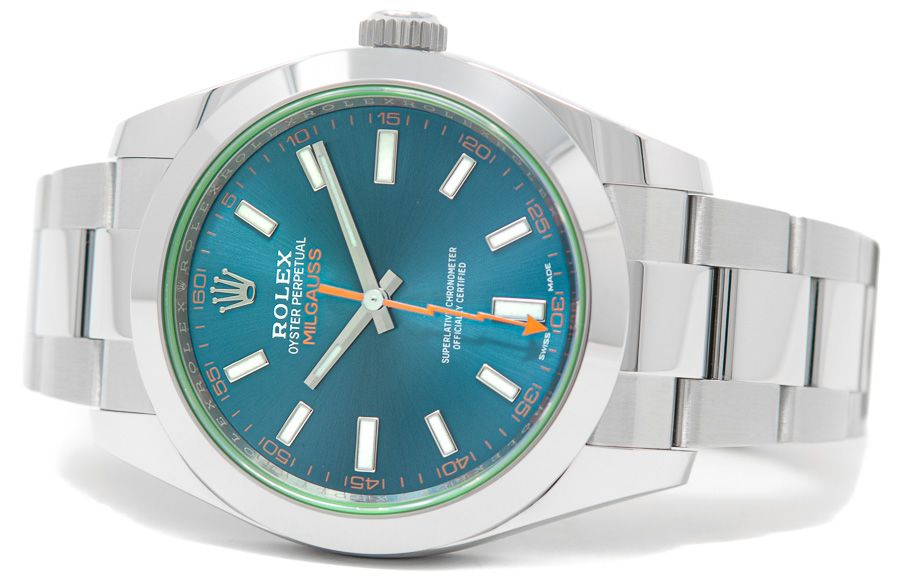
Rolex Milgauss 116400GV with the Z-Blue Dial & Green Crystal
THE ROLEX MILGAUSS TODAY: A TESTIMENT TO INGENUITY
The Rolex Milgauss remains a symbol of the brand’s dedication to precision and innovation. Its unique blend of performance, functionality, and design continues to captivate watch enthusiasts and collectors alike. Whether you’re a scientist working in a magnetic environment or simply an admirer of exceptional timepieces, the Milgauss is a true testament to Rolex’s enduring commitment to excellence.
116400GV: WHAT DOES THE ‘GV’ STAND FOR?
The ‘GV’ in 116400GV stands for “Glace Verte” which is French for “Green Glass”. This new green sapphire crystal, which was introduced in 2007 alongside the 116400, sets the 116400GV apart from other Rolex models and adds a touch of flair to the timepiece. Within the entire Rolex lineup, the green crystal is unique to only the Milgauss collection and the only colored sapphire crystal Rolex offers.
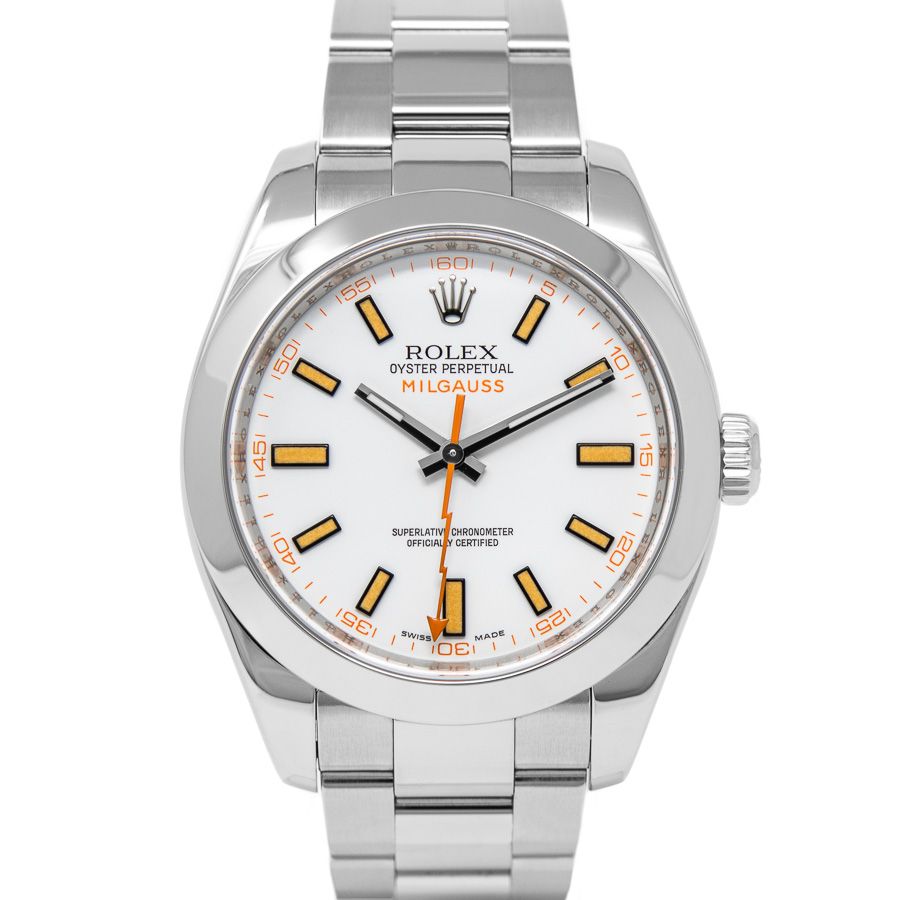
Rolex Milgauss 116400 with the White Dial
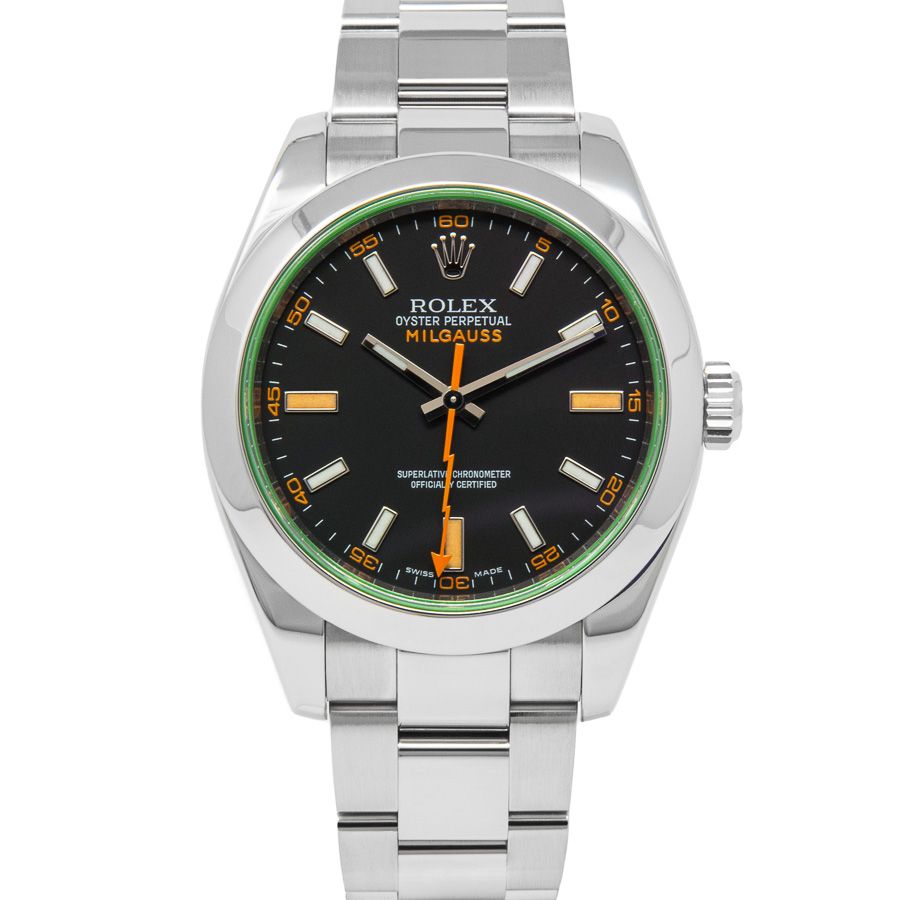
Rolex Milgauss 116400GV with the Black Dial
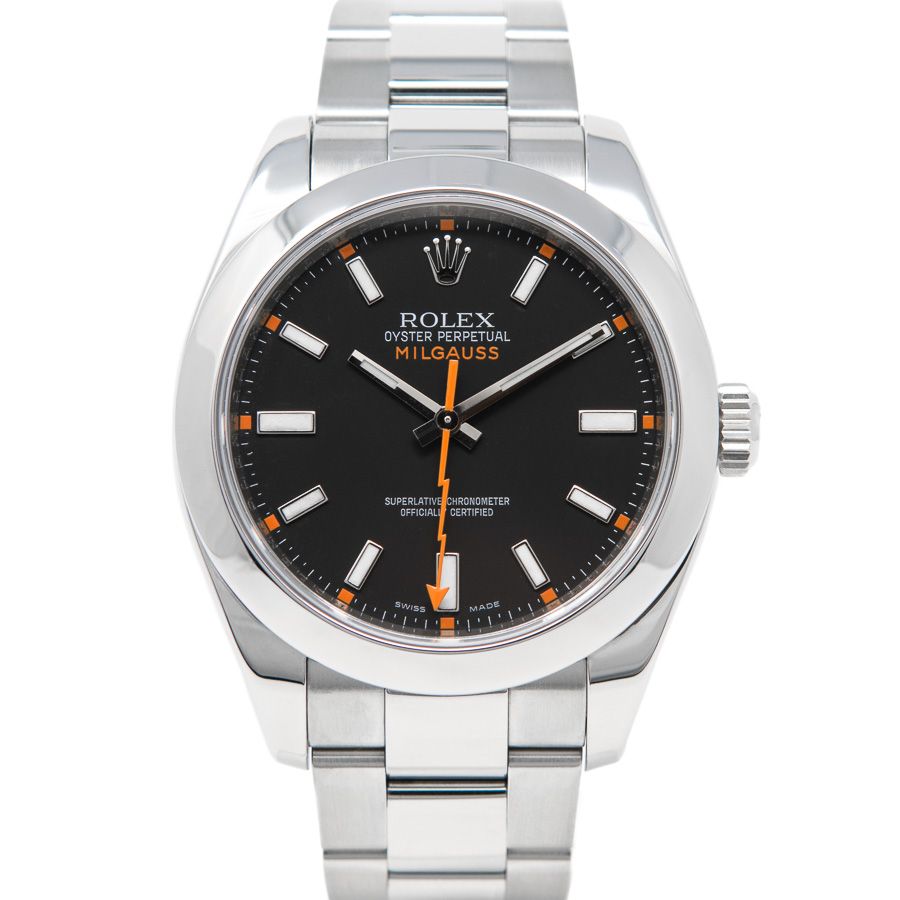
Rolex Milgauss 116400 with the Black Dial
END OF AN ERA: ROLEX DISCONTINUES THE MILGAUSS
Despite its popularity, however, the Milgauss has remained largely unchanged in its design since 2007. In recent years, many fans and collectors of the watch community had speculated that Rolex may eventually discontinue the Milgauss in order to focus on newer models and designs.
And in March of 2023, those speculations came true when Rolex silently removed the Milgauss from their website, indicating that the watch had been discontinued. This news came as a shock to many in the watch community, particularly those who had grown to love and appreciate the Milgauss over the years.
CONCLUSION
As we’ve explored the history of the Rolex Milgauss, it’s clear that this remarkable timepiece has captured the hearts and minds of watch enthusiasts around the world. From its groundbreaking resistance to magnetic fields to its iconic design elements, the Milgauss stands as a testament to Rolex’s unwavering dedication to innovation and excellence. As you consider adding a Rolex Milgauss to your collection, remember that you’re not just acquiring a timepiece – you’re acquiring a part of history.






